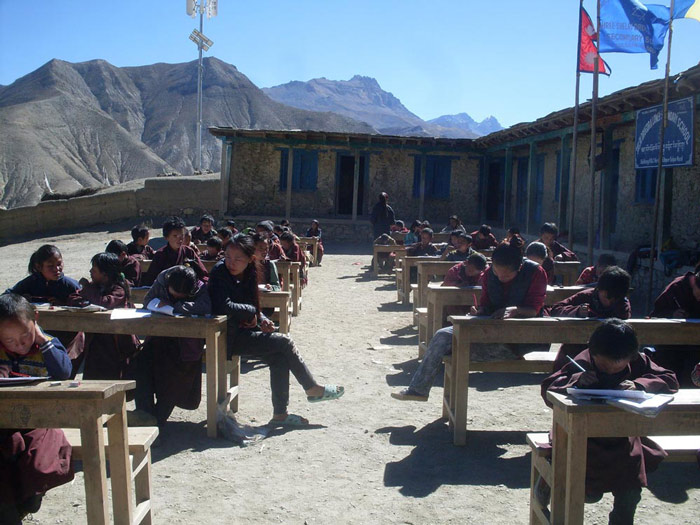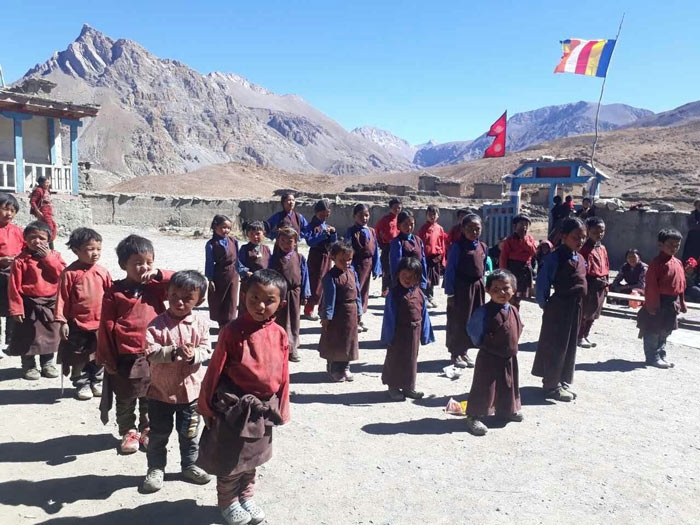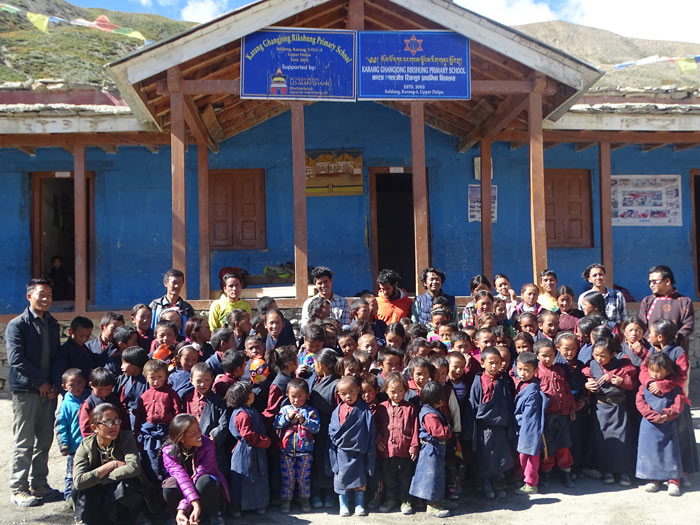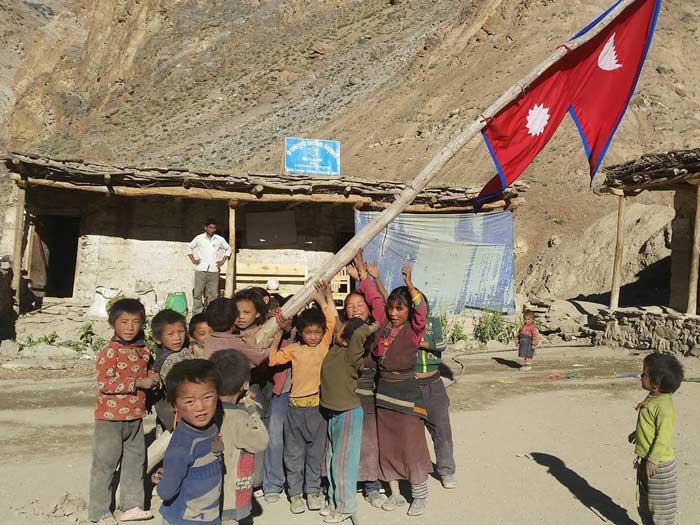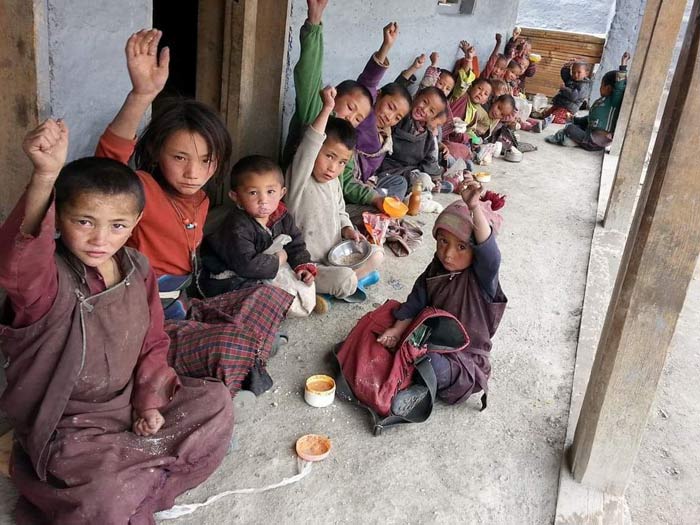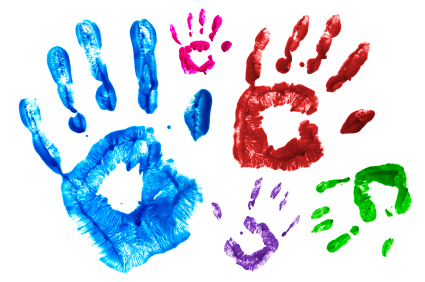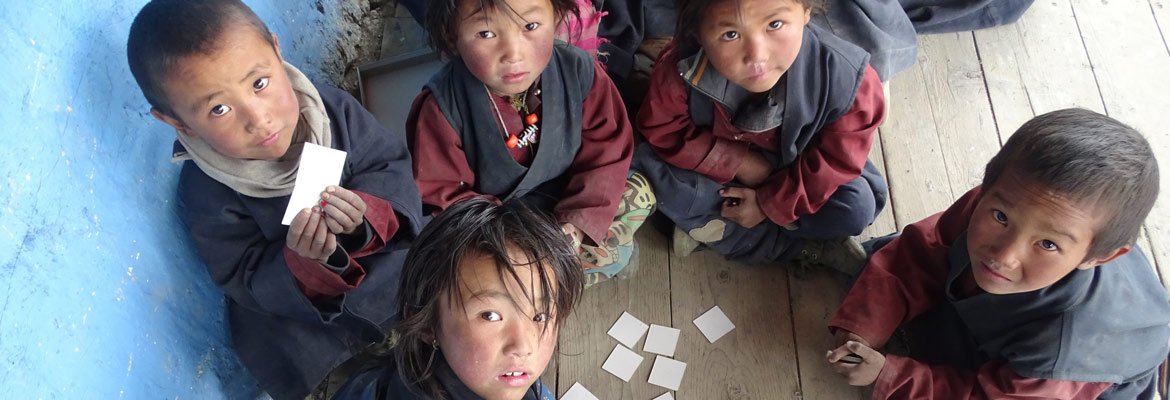
About the Schools
Altitude Project’s primary mission is to support education in the very remote Upper Dolpo region of Nepal. This region is on the edge of the Tibetan Plateau, one of the highest inhabited areas on the planet. The five schools that we are currently working with are at approximately 3,500 – 4,000 metres!
The children are taught not only the national curriculum of Nepal, but also their Tibetan language, history and culture. Classes run from April 1 to Oct 31. The schools are unheated and it is too cold to fully operate them in winter. All materials and supplies are purchased in Kathmandu in March and transported to the Upper Dolpo for the start of the school year, much of the distance by mule or yak. It is a five day walk from the end of the road to get to these villages.
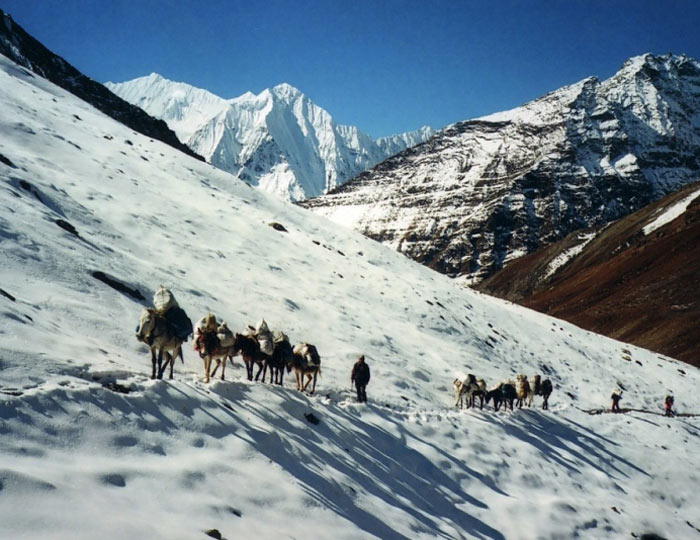
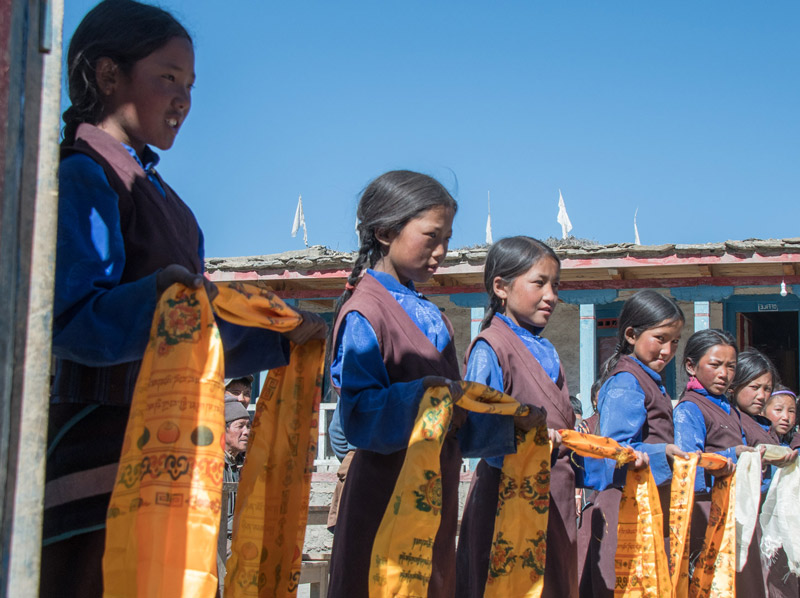
Although there is no formal school in the winter months, most schools now have a greenhouse that doubles as a classroom in the winter. Typically, a villager or local lama will teach students about their history, culture and religion.
The culture, and language, of the region is Tibetan and the schools work to help ensure the continuation of the Tibetan way of life. The Tibetan culture has survived in relatively pure form in the Upper Dolpo because of its extreme remoteness.
These villages are only a day or two walk from the Tibetan border and, as the Chinese increase their influence on Tibet, the Upper Dolpo is becoming a last refuge of the Tibetan culture.
Villagers are taught basic literacy and numeracy skills in after school classes. 20 years ago there were no schools on the Upper Dolpo and the adult students are eager to learn to read and to write.
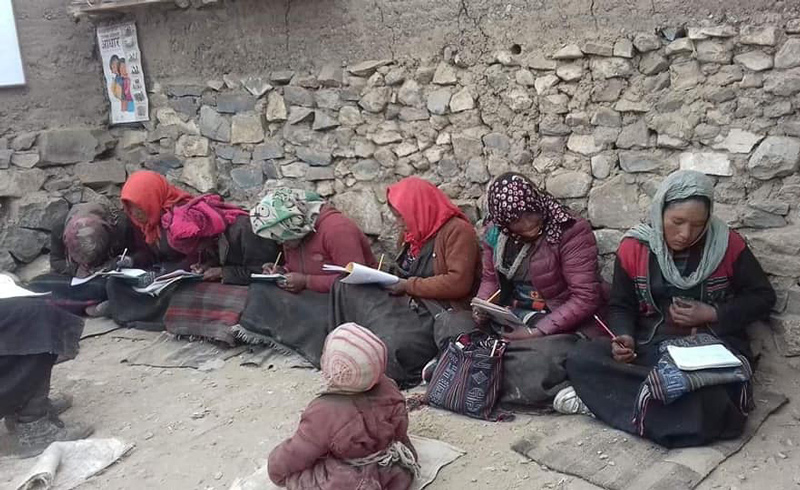
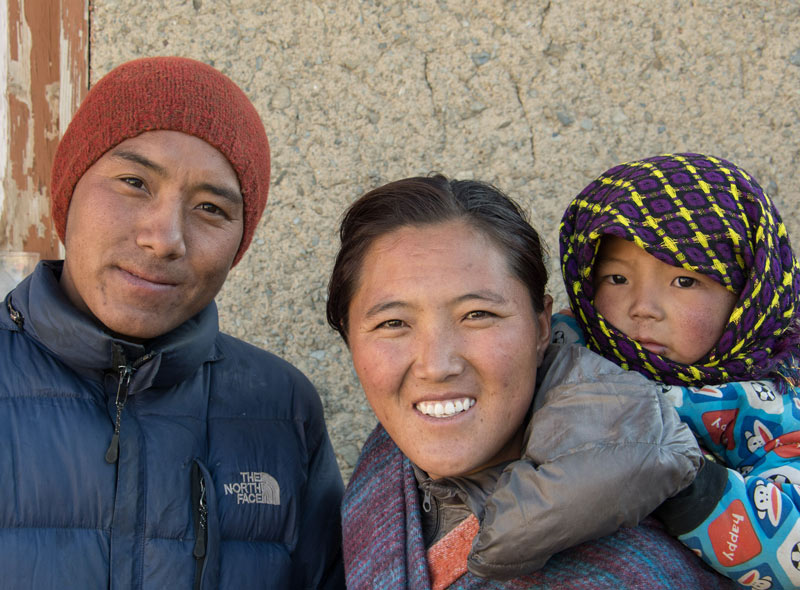
Kunsang is from Saldang and after finishing her education in Kathmandu, returned to her village to help as a teacher. Pema is also from the Upper Dolpo.
We became involved with the school at Saldang when I needed to charge a camera battery and the school was the only place in the village with electricity. I met Pema and Kunsang there, he is the school coordinator and his wife is a teacher. They had just learned that their German sponsors could not fully fund the school for 2016 and they asked if I could help. We exchanged email addresses and I carried on with the trek and didn’t give it much more thought.
Back in Canada at New Years, I received an email from them wishing me good health and happiness and again asking if I could help…. That is the moment I decided to see if, in fact, I could help.
And to my immense surprise and delight, so many friends, and friends of friends, responded with kindness and generosity that we raised $13,500 that first year.
In 2016 we were able to provide sufficient support to the school at Saldang and we began coordinating with other agencies, many led by trekkers, helping the schools in this part of the Upper Dolpo. We were made aware of the schools at Komas, a day’s walk to the east, and Karang, a two hour walk to the north, that were both in desperate need of support because they had lost their sponsors. In 2017 we were able to provide some minimal support. We are now the primary sponsor for the school in Karang, with some ancillary support from Switzerland and the US.
In 2018 we provided a one-time grant to Ku. After meetings with the school coordinator we continued our support. This school has multiple sponsors.
In February 2019, I met with the people from Tiling and learned that they had lost one of their primary sponsors. For 2019, we agreed to a one-time grant to fund the transport of all supplies and to purchase food supplies for teachers and for student lunches.
It is an unfortunate fact that the government of Nepal only contributes about 30% of the funding for the schools. The other 70% is obtained from kind and generous donors from many countries, primarily Germany, Switzerland, Sweden, the USA, and now, Canada too.
The Schools
Students learn three languages; Tibetan – their primary language and Nepali and English. Science, mathematics, socials, natural history and health are taught. Dancing, singing, sports and games are included in the curriculum.
The school is run in cooperation with the Nepalese authorities and the local School Management Committee. The local population supports the school through manual work or by providing fire wood.
The high desert of the Upper Dolpo is beautiful in it’s own haunting way and the people have captured my heart. The people of Nepal have given me more than I could possibly ever repay. It has been a life changing experience!
I hope my photos will convey the beauty of this land and it’s people, and will inspire you to help. The need here is so great that each dollar makes a tremendous impact. Helping here can be a life changing experience, not just for the children and their communities, but for the donor too!
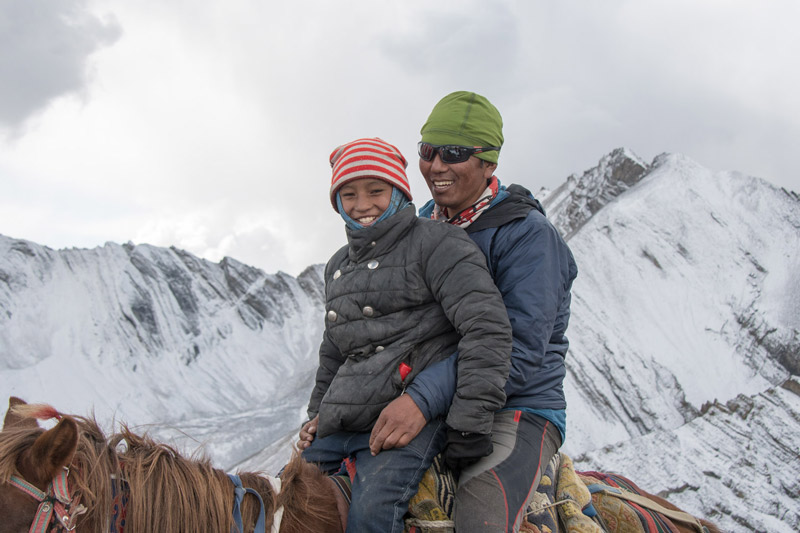
“Education is the right of every child. It should be free and fair, with equal access for girls and boys.”
– Article 28, Convention on the Rights of the Child, 1989

